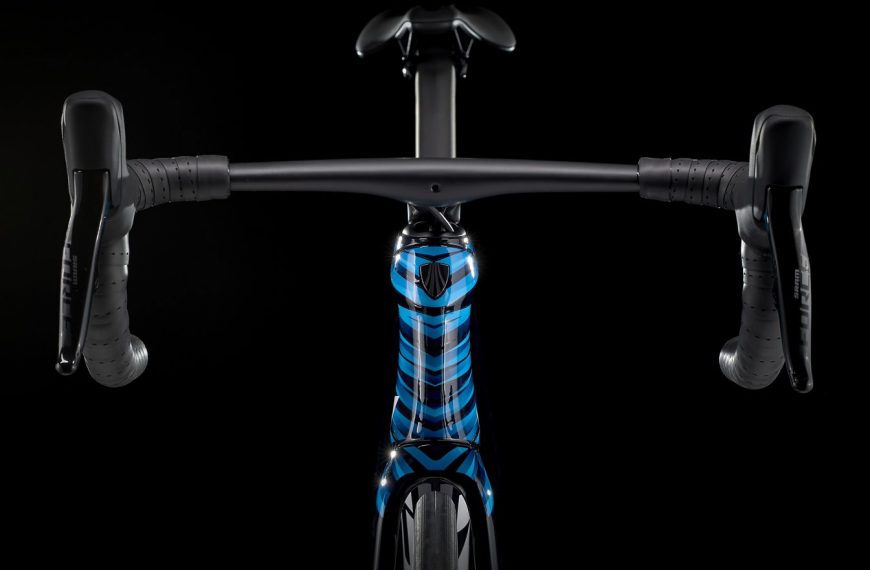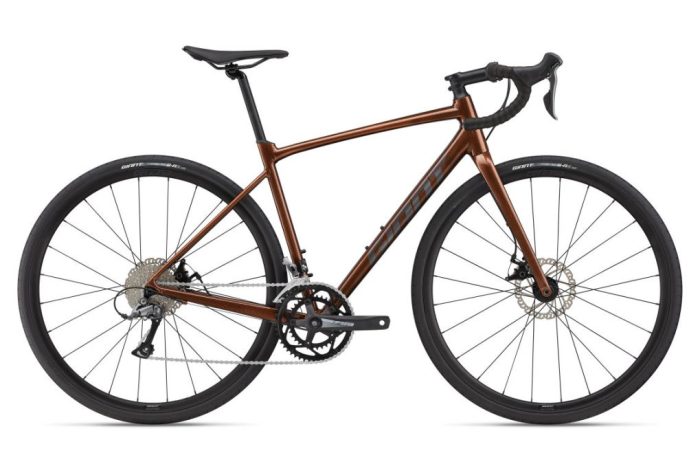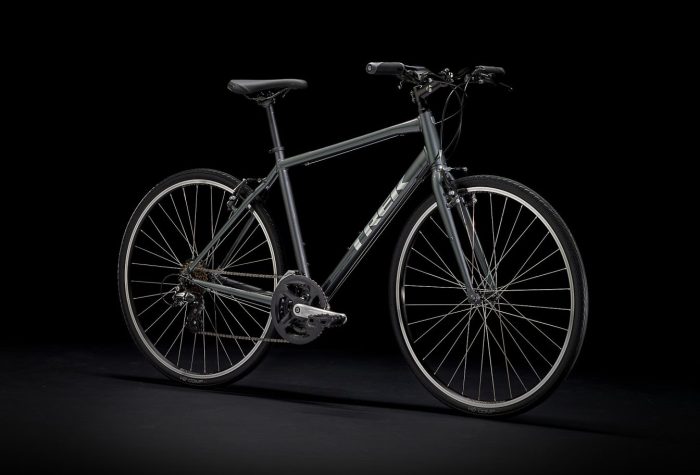What Is A Bike Computer And How Do Bike Computer Work?
Have a new cycling computer, or are you simply unsure of your setup? We’re here to assist you in determining the ideal method to configure your cycle computer for the types of riding you do because it can be challenging to precisely know the metrics you need to have in front of you to maximize the functioning of the device.
Even if it’s just how long or quickly they ride, many bikers are intrigued about their data. A handlebar-mounted bike computer may provide you with a wealth of information about your ride, including performance information like cadence and power, much like the dashboard display in a car. Numerous websites also provide navigational tools, such as turn-by-turn directions for your journey.
Table of Content
In this article we have covered the following areas on Bike Computers:
- How Necessary Is a Bike Computer?
- Features Of Bike Computer:
- How Does A Bike Computer Work?
- Use Of Orientation Sensors:
- Additional Resources For A Bike Computer:
- Brands For Bike Computers:
- Computerized Training Programs For Cycling:
- Setting Up Your Bike Computer:
- How To Handle A Non-Working Bike Computer:
- Bike Computer FAQs:

How Necessary Is a Bike Computer?
The answer is “yes” if you’re truly into cycling, especially at a competitive level, or if you routinely go on long training rides and want a full range of data on those trips. This is because you’re the target market for bike computers. The object in your hand—your phone—or the device on your wrist—if it’s a fitness tracker—can, however, also offer input regarding your rides. Both of those solutions can help you save some money and may provide all the information you require.
Features Of Bike Computer:
CURRENT SPPED
The speed at which you are moving. Maximum speed is the top speed you’ve ever reached.
Measures the average speed, during a journey. Choose again if you like miles per hour or kilometers per hour. In addition to showing, you your speed, it can assist you in curbing your overconfidence when riding in a group or simply provide you a little extra motivation when riding alone.
WEATHER INFORMATION
Provides you with updates on the present and upcoming weather
ELAPSED TIME
This one seems self-explanatory, but it’s simple to mix up the timer, elapsed time, movement time, and, come to think of it, all the other times. The timer, unlike the elapsed time, only runs in tandem with the activity; for instance, if you enable auto-pause, the timer will pause when you are not moving. We advise utilizing the timer because it displays the real amount of time spent pedaling rather than how long you were out and about or sitting at the bar.
ODOMETER
Determines the distance covered.
CALORIE COUNTER:
Estimates the number of calories you have burned.
TURN BY TURN NAVIGATION
Like a car in that it provides real-time location updates.
GPS LOCATION
Provides maps of your current position and your destination.
CLOCK
If you set a timer, this displays how long you have been riding or how much time is left.
COLOUR DISPLAY
Instead of appearing in black and white, your display will be in color.
WIRELESS COMPATIBILITY
Not operating with a wired connection (most units are wireless)
BACKLIGHT
When it’s dark, keeps your display well-lit.
BATTERY LIFE
How long the bike computer can operate before the battery dies.
CADENCE COMPATIBLE
Your pedal revolutions per minute are indicated by your cadence. Putting cadence on your primary screen can be a little kick in the pants to change gears and get those legs spinning at a more efficient speed if you tend to spin your legs a little slowly.
STRAVA INTEGRATION
Fitness tracking with social network integration.
ELECTRONIC SHIFTING INTEGRATION
Instead of using metal wires to shift the gears, use miniature electric motors.
ALTIMETER
Determines your elevation or altitude above sea level.
MOXY SENSOR
A small, wearable sensor that monitors oxygen levels in the muscles.
TOUCH SCREEN
May use touch to control bike computers.
HEART RATE
If you genuinely own and use a heart rate monitor, only add this one. This is an excellent one to have on your main screen whether you’re doing training to heart rate zones or just want to see how much deeper you can go. Just be careful not to make it too enormous so that your riding companions can see how much work you’re putting in.
WI-FI
May use Wi-Fi to access the internet for updates.
RIDER TO RIDER CONNECTIVITY
Enables remote communication with other riders.
How Does A Bike Computer Work?
Most bike computers measure how long it takes for your wheel to rotate using a magnet and a sensor. The size of your tyre can then be used to determine data like your current speed; distance travelled, and average speed. They can, however, communicate with a variety of sensors to monitor your cadence, power, GPS location, and even your heart rate.
A bike computer’s ability to inform you how fast you are moving and how far you have travelled is its most crucial feature. There are primarily two ways they will make that happen.
Use Of Magnet And Sensor:
On either the front or rear tire’s spoke, the magnet is mounted. Here is an article I wrote about placing your sensor correctly if that is more of your focus.
Simply put, the sensor is a unique type of switch. Every time it comes in contact with a magnet, it completes a circuit and transmits a signal to the computer.
The most prevalent magnetic switches are reed switches. The typically open leads become polarized and attract one another when a magnetic field approaches. By doing so, the circuit is closed and the signal is sent to the computer. The least expensive magnetic switches are reed switches.
Use Of Orientation Sensors:
Some businesses, like Garmin, provide speed sensors that use wireless orientation sensors in place of a magnet and a magnet switch. The sensor may be attached to the hub of a wheel and will signal your computer as the wheel revolves.
Additional Resources For A Bike Computer:
POWER METER:
Cycling involves applying a force across a distance to generate power. When using a pedal power meter, the amount of pedaling you are doing is multiplied by how hard you are pedaling. The majority of the sensors that gauge these factors are built into your pedals or cranks. They use ANT+ or Bluetooth Low Energy to send their results back to the bike computer.
CADENCE SENSOR
Almost identical to speedometers are cadence sensors. Instead of monitoring the rotation of the wheels, they time how long it takes for your pedals to rotate. They can do this by using magnets, orientation sensors, and occasionally pressure sensors.
HEART RATE MONITOR
One of two methods is employed by heart rate monitors. They either detect your blood flow using LEDs and sensors or they sense the electrical signals that your heart sends out when it beats. Your heart rate monitor is most likely measuring electrical signals if it wraps around your chest. The LED approach is usually used for tracking heart rate with a smart watch though.
Top Recommended Brands For Bike Computers:
When you purchase a bike computer, you’re making an investment in the product’s brand and interface in addition to the actual equipment. Numerous companies have their own websites, user interfaces, applications, and UIs that connect to your bike computer and gather data from it.
Similar brands to those that dominate the vehicle GPS market dominate the cycling GPS market. The leading company is Garmin, but other names including Wahoo, Polar, Bryton, Suunto, Lezyne, and CatEye also make GPS-enabled products.
Computerized Training Programs For Cycling:
Cycling computers can help with training primarily and most commonly by connecting to a power meter or heart rate monitor and providing real-time data on your power output or heart rate while you cycle.
Setting Up Your Bike Computer:
ON WHEEL:
Unless you have a wired sensor, it won’t make much of a difference whether the sensor is on your front or back wheel. Then there are a few things you might want to think about.
First off, placing the sensor on your front tyre will require the least amount of setup because it is simpler to feed a cable through it. The disadvantage of this is that you will always have extra wire that needs to be wrapped around your fork because it is always long enough to reach the back wheel.
As we’ve already stated, it makes no difference to you or the performance of your bike computer whether you route the wire to your back wheel or not if you want it to seem a bit neater.
EDGE AND CENTRE:
The magnet on the spoke goes past the sensor much more slowly when it is mounted closer to the rim than when it is mounted towards the hub (the centre of the wheel). As a result, the sensor will have to travel over it more slowly, giving it a better chance to read the changing magnetic field. This improves reading accuracy, especially at faster speeds.
The propensity won’t be as strong, though, if the magnet is placed close enough to the hub; instead, it will be much farther away and fly out to the rim. Therefore, mounting it as near to the rim as you can could be best.
If you need additional information on setting up the bike computer, watch this video tutorial on youtube.
How To Handle A Non-Working Bike Computer:
Your issue is most likely caused by the magnet not approaching the sensor close enough. The magnet frequently moves up and down the spoke or rotates around it.
Other frequent issues include a broken cable or screen, in which case visiting a bike shop is usually the best option to have it fixed.
Another possibility is that your battery is dead. Bicycle computers frequently employ inexpensive batteries, which have a limited lifespan. Fortunately, replacing them doesn’t cost a lot of money.
Bike Computer FAQs:
What is a bike computer used for?
Based on the wheel size you gave it during initial setup, the bike computer calculates your speed based on the interval between those signals. The computer can calculate a wide range of data from that measurement, including distance, average speed, riding time, and maximum speed.
Do you really need a bike computer?
It’s not necessary to carry around more gear if you only cycle one or two days each week. However, if you’re training for a race and ride your bike five or six days a week, a cycling computer will provide you with more pertinent statistics. The road may be a dangerous place.
How accurate are bike computers?
It pledges to transmit the GPS signal into space with a 95% probability and a global average user range error of less than or equal to 7.8 meters.
Do bike computers need sensors?
The majority of bike computers measure how long it takes for your wheel to rotate using a magnet and a sensor. It can then compute information like your current speed, distance travelled, and average speed using the size of your tyre.
Can you use a bike computer for walking?
There are several restrictions with Garmin Edge bike computers for hiking. The software is designed for cycling and struggles with arm movements at low speeds. As a result, it has trouble estimating the walking distance. There is no “walking/hiking” profile integrated into Garmin Edge devices.
What is a bike computer called?
A device attached on a bicycle that calculates and displays trip information, similar to the instruments in a car’s dashboard, is known as a cyclocomputer, cycle computer, cycling computer, or cyclometer. For convenience, the head unit, a computer with a display, is typically fastened to the handlebar.
What should I look for in a bike computer?
Common bike computer features are
Current speed.
Maximum speed.
Average speed.
Elapsed time.
Trip distance.
Odometer
Clock
Wireless compatible.
Why is my bike computer not working?
The majority of issues may be resolved fairly quickly. Most cycle computer issues can be attributed to one of three common causes: battery issues, wiring issues, or magnet and sensor misalignment.
Contact Us
If you have any suggestions or advise, please feel free to reach us via our Contact Us here.




